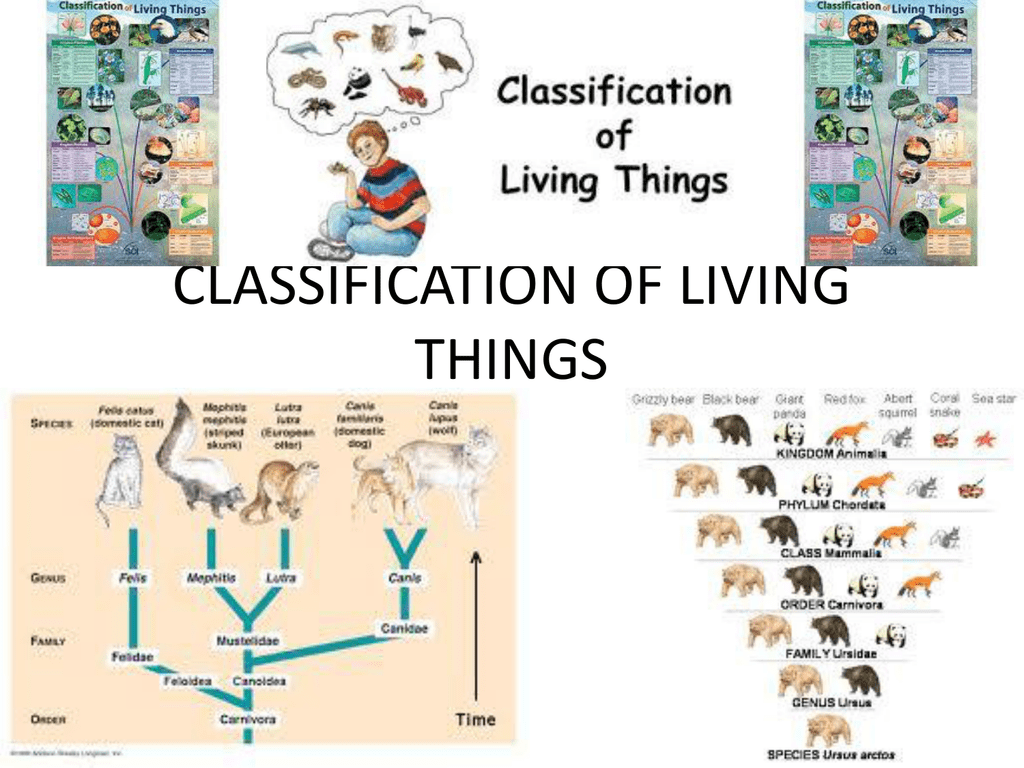Introduction to the living world
In our natural world, we have billions of living organisms that are of various types. They differ in size, shape, color, function, habitats, food habits, and a lot more. Some of them have been discovered by humans, and studies are still finding others out. These studies are being conducted by scientists all over the globe. With such a large number of living organisms comes the need to classify them into categories so that scientists are able to understand them better. Thus a group of scientists came up with different methods to classify living organisms into different categories. One such method of classification is the five-kingdom classification.
In the five-kingdom classification, the living organisms that occupy the world are divided by science into five different kingdoms broadly. Animals can differ based on size, as has been mentioned before. We can see some living organisms, plants, or animals without any visual aiding equipment. But others like fungi and some bacteria and other microorganisms can only be seen by us with the naked eye. They require a microscope for humans to be able to see and observe them. In this article, we shall study the five kingdoms into which the living organisms of our world are divided by biology. Also, we will find out much more about them.

What is a kingdom in the classification of living things?
As mentioned earlier, scientists must be able to classify living organisms to be able to understand them properly. Hence the definition of a biological kingdom according to the five-kingdom classification of all living organisms is as follows. “The system of biological kingdoms is the way in which science classifies living things according to their ancestry over the course of evolution.” This can also be explained as follows. Science must classify living organisms into groups to understand them better. The system or the way in which scientists do this is the biological kingdoms. Kingdoms classify living things based on their ancestry or heredity, or genetics according to how they have evolved or the kind of evolution that brought them to be where they are at present.
Thus we may also say that all the species and the organisms in those species that make up these five kingdoms must have common ancestors or common genes according to the theory of evolution of species. Some recent research that scientists are doing even suggests splitting these five kingdoms into six or even seven kingdoms. As a result of this, we may conclude that all living creatures in the world that require classification share the same family tree or, at the very least, share some genes.
Ways to classify Living things other than the five-kingdom classification

Other than kingdoms, there are obviously other ways to classify living things. Some of the other taxonomic categories include domain, phylum, class, family, genus, and species. These taxonomic categories obviously exist within the same system that seeks to classify living organisms biologically. All these different names follow an order based on hierarchy, and they are also extremely dependent on each other. Thus some of these categories also include other categories. For example, a number of species make up the genus, a number of genera make up the family, a number of families make up the order, a number of orders make up the class, and so on.
The characteristics that help in the classification of living organisms into the five kingdoms
There are many different factors that help us classify living things into the five-kingdom classification, as has been suggested by multiple scientists. Based on the similarities or differences in these factors, they exist in groups under the same categories or subheadings. For example, a group of organisms with many common factors will exist in a group under the same species. All such species of one single particular kingdom will have similar factors because they are under the same kingdom.
These similar factors might be characteristics such as the way they grow and the patterns that emerge in the way they function. Hence let us take a look at the kind of characteristics that could define the five kingdoms that come into question when we speak about the five-kingdom classification of living creatures.
The first factor or characteristic is nutrition. We must understand how a creature obtains its nutrition to go by its daily work in order to be able to classify it. The creature can be either autotrophic or heterotrophic. Autotrophic organisms are those organisms that possess the ability to make their own food. Heterotrophic organisms obtain their nutrition from other living things.
The second factor or characteristic is the organization of cells in the organism. The organism can be either unicellular or multicellular. Unicellular organisms have only one cell, and multicellular organisms have many cells. Some of the other factors include cell type, respiration, reproduction, and movement.
The Five Kingdoms of Classification

The Animal Kingdom
The Kingdom that is at the top of evolution and most developed is the animal kingdom. Scientists have divided it into two large categories. These categories are vertebrates and invertebrates. Vertebrates are animals with a functional vertebral column. Some of the characteristics of creatures in Kingdom Animalia are as follows. These animals are multicellular, which means that they have many cells. They are heterotrophic and reproduce sexually. They also have the ability to perform some movement. This kingdom has a lot of diversity. Some examples of creatures in this kingdom would be insects, fish, mammals, reptiles, amphibians, and so on.
The Plant Kingdom
Different kinds of vegetation, trees, and other forms of flora mostly make up the Kingdom Plantae. Many scientists believe that the plant kingdom is older than all other kingdoms as they were the first organisms to develop during the origin of life. These creatures do not possess the ability to move. They are multicellular, which means that they have many cells. They are also Eukaryotic. The members of Kingdom Plantae are all mostly autotrophic, which means that they can make their own food. These creatures are therefore extremely essential to the world because they release the gas oxygen during the process of photosynthesis. Oxygen is extremely necessary for the survival of other creatures mainly from the animal kingdom.
Fungi Kingdom
The organisms grouped into the Fungi category include all kinds of yeasts, molds, mushrooms, and toadstools. These creatures are multicellular, meaning that they have many cells. They are also aerobic and heterotrophic. By heterotrophic, we mean that these organisms cannot make food on their own and must depend on other creatures living or dead for their food. These organisms are also eukaryotic. A really distinguishing feature that members of the fungi kingdom have is that they all have chitin in their cell walls. As mentioned before, these organisms get their nutrition from other living things.Read Also: Abyssal Zone: Definition & Examples
Protista Kingdom
The organisms of Kingdom Protista, like Kingdom Plantae, are really old and primitive. Many scientists think that all eukaryotes we can see today have descended from the kingdom Protista. The kingdom Protista definitely contains some genes of the organisms that exist today as if they are some sort of ancestor to all eukaryotic organisms. This kingdom contains all organisms that cannot be classified into any other group. That is, the living things that do not have the requirements to fit into any other group fall under this category. For example, protozoa are a part of the kingdom Protista. Since all the organisms in this category are essentially misfits in society, they have very few common factors with each other too. As a result of this, we cannot list the common characteristics of organisms belonging to the kingdom Protista.
Kingdom Monera
As we have mentioned at the beginning of this article, living things can be large enough to be seen with the naked eye and also can be really small so that they can only be seen under a microscope. A lot of living organisms that are microscopic fall under the kingdom monera. This kingdom is made up of unicellular living things, as in, they have only one cell. They also are prokaryotic, as in they do not have a well-defined nucleus. Some other common things they have with each other are that they can be both anaerobic and aerobic and are usually heterotrophic in the case of bacteria and chemosynthetic in the case of archaea.
Frequently asked questions on the classification of living things
Some frequently asked questions about the five-kingdom classification of living organisms include the following;
1. What are the seven categories of living things?
Living things on our planet can be broadly classified into seven categories. These categories are Kingdom, Phylum, Class, Order, Family, Genus, and Species.
2. What are the six ways to categorize living things?
There are six broad classification methods when it comes to living organisms in our universe. These are animals, plants, protists, fungi, archaebacteria, and eubacteria.
3. What are the three broad categories of living things?
According to sources, there are three broad categories of living organisms in our universe. These include Archaea, Eubacteria, and Eukaryota.




